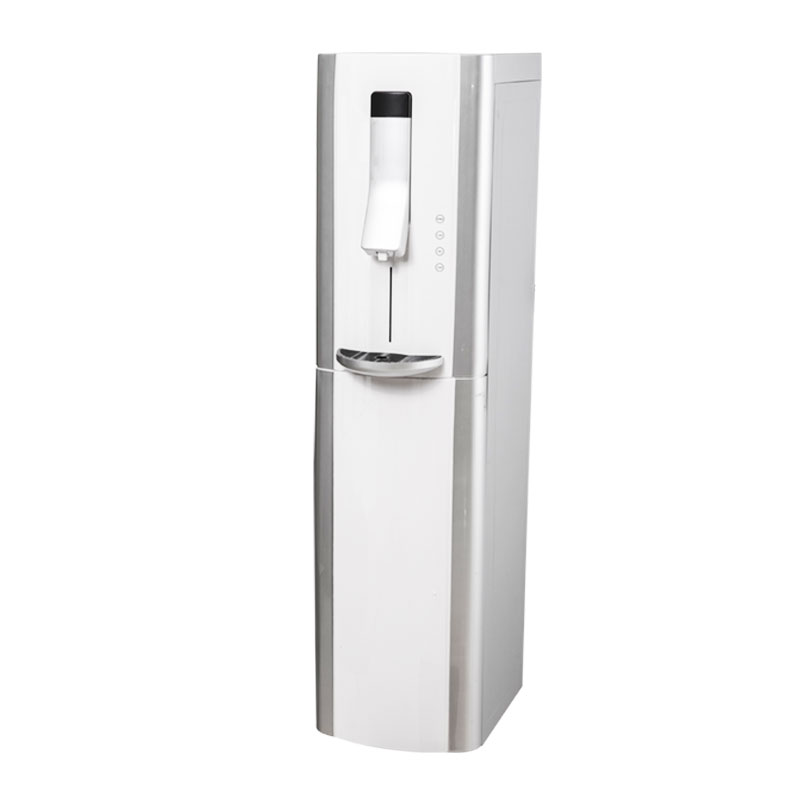Oxygen concentrators are important medical devices that provide treatment for patients who need additional oxygen support. As the frequency of use increases, the cleaning and maintenance of the equipment becomes more critical. Regular cleaning not only prolongs the life of the equipment, but also ensures that the quality of oxygen inhaled by the patient meets medical standards.
Understanding the structure and cleaning requirements of the equipment
Before cleaning, patients and their caregivers need to fully understand the structure of the oxygen concentrator and the functions of each component. Different models and brands of oxygen concentrators may have different cleaning requirements, so be sure to carefully read the device's instruction manual to understand the cleaning recommendations and precautions provided by the manufacturer. This process not only helps to improve the effectiveness of cleaning, but also avoids damage to the equipment caused by improper operation.
Frequency of regular cleaning
The frequency of cleaning of oxygen concentrators should be determined based on usage. It is generally recommended to perform a comprehensive cleaning once a week, covering the device housing, filters and other removable parts. For parts that come into direct contact with the patient, such as masks and nasal cannulas, it is recommended to clean them every day to prevent bacterial growth and cross-infection. Keeping the device and its accessories clean not only helps the health of the patient, but also ensures the normal function of the device.
Selection of cleaning tools and materials
When cleaning oxygen concentrators, it is important to choose the right cleaning tools and materials. Use a soft cloth, sponge or special cleaning tools, and avoid using metal brushes or other cleaning products that may scratch the surface of the device. For cleaning agents, it is recommended to use mild soapy water or special medical equipment cleaners. Do not use cleaners containing alcohol, chlorine or other corrosive chemicals to avoid damage to the device.
Cleaning of the device casing
When cleaning the device casing, first make sure that the device is powered off and unplug the power plug. Use a soft damp cloth to gently wipe the casing to remove dust and dirt on the surface. For stubborn stains, wipe with a cloth soaked in soapy water, and finally remove detergent residue with a clean damp cloth and wipe dry with a dry cloth. Make sure that the device casing is completely dry before plugging in the power supply to prevent short circuits or other safety hazards.
Cleaning and replacement of filters
Oxygen concentrators are usually equipped with filters to filter impurities and pollutants in the air. Check the cleanliness of the filter regularly, and it is usually recommended to clean it once a week. When cleaning, remove the filter, soak it in mild soapy water for a while, then gently brush it, and finally rinse it with clean water. Make sure the filter is completely dry before reinstalling it. According to the manufacturer's recommendations, the filter usually needs to be replaced after a certain period of use. Do not ignore this important step to ensure the normal operation of the equipment and the safety of the patient.
Cleaning of pipes and connectors
The oxygen delivery pipes and connectors also need to be cleaned regularly. When cleaning, first make sure that the pipes are disconnected from the equipment. Use mild soapy water to clean the inside and outside of the pipes to ensure that there is no dirt and bacteria residue. After cleaning, rinse thoroughly with clean water and hang the pipes in a well-ventilated place to dry, avoiding high temperatures or direct sunlight to prevent material aging or deformation.
Cleaning of masks and nasal cannulas
As parts that come into direct contact with patients, the cleaning of masks and nasal cannulas is particularly important. It is recommended to clean them once a day. When cleaning, remove the mask and nasal cannulas, soak them in mild soapy water, and then gently scrub them with a soft cloth to ensure that they are clean. Finally, rinse them with clean water and dry them in a ventilated place. For masks that have been used for a long time, they need to be checked regularly for wear or aging, and replaced in time to ensure the comfort and safety of patients.











